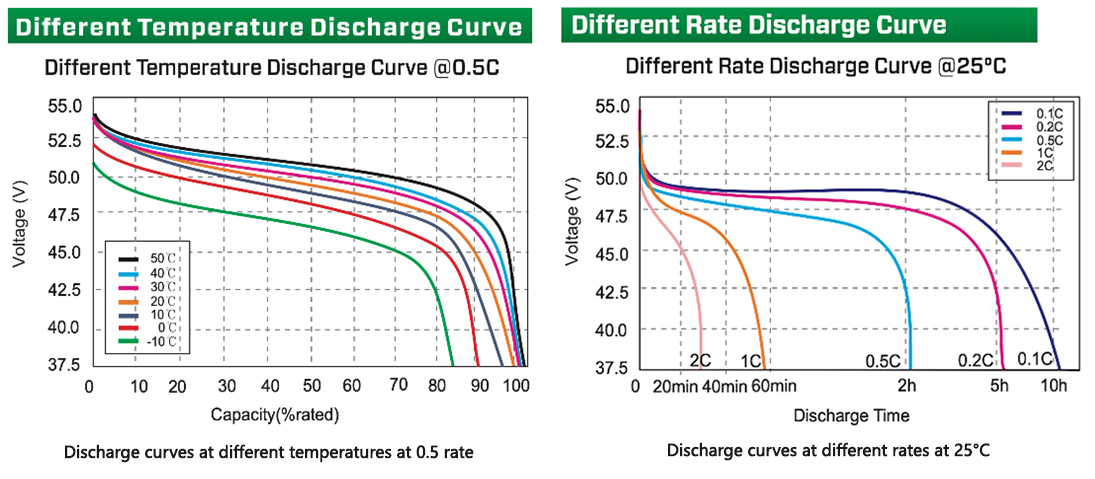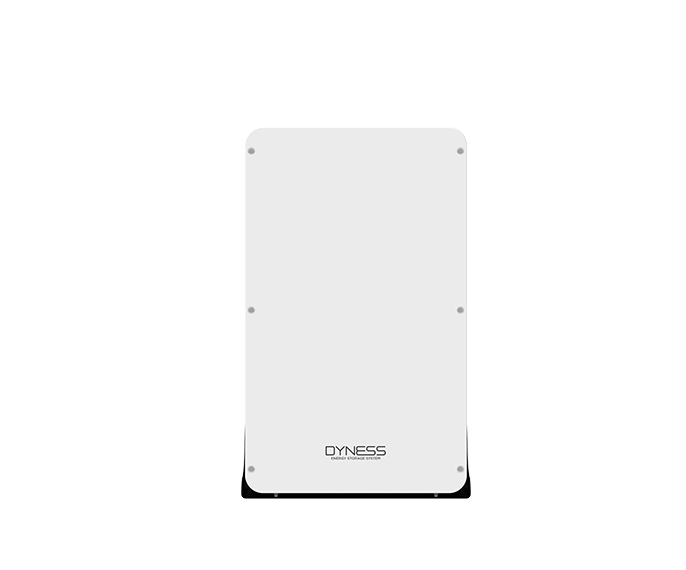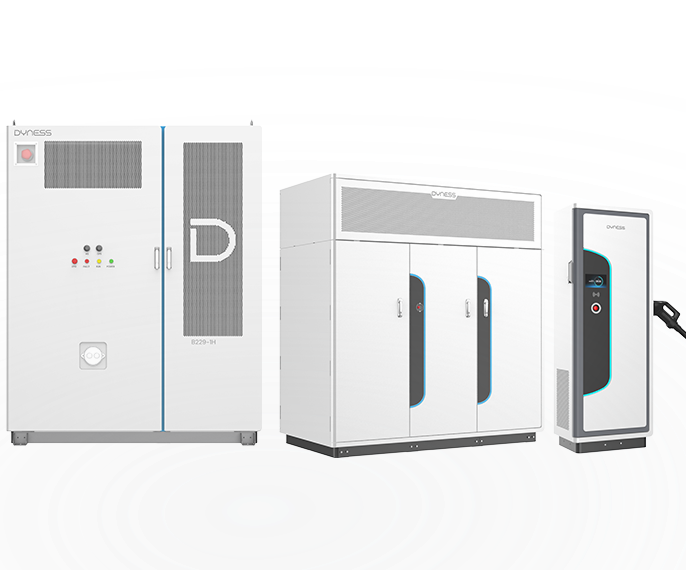Dyness Knowledge | Solar and energy storage must-learn terminology(C&I)
-
Technical Blog
-
2024-02-22
-
Dyness

This article will focus on important concepts such as charge and discharge efficiency, off-grid switching time, and cycle life in the field of energy storage.
Foreword
The rapid development of energy has made the application of energy storage devices more and more extensive. When it comes to choosing the right energy storage device, understanding some relevant terminology will positively impact the decision. This article will focus on important concepts such as charge and discharge efficiency, off-grid switching time, and cycle life in the field of energy storage.
Charge and discharge efficiency
Charge-discharge efficiency, also known as " Coulombic efficiency ", is the ratio s of the battery's discharge capacity to charge capacity under specified charge-discharge conditions. This indicator reflects the energy loss of the energy storage system during the energy conversion process and is an important indicator for evaluating the performance of the energy storage system. Usually expressed as a percentage, the higher the ratio, the higher the energy utilization rate.
Charge and discharge efficiency = ((discharge current * discharge to cut-off voltage time) / (charge current * charge time)) * 100%;
The calculation of charging efficiency is mainly affected by the battery process, formula and the working environment temperature of the battery. Generally, the higher the ambient temperature, the lower the charging efficiency. The calculation of discharge efficiency is mainly affected by temperature, internal resistance, energy storage capacity, and charge and discharge rate. Generally, the higher the discharge rate, the lower the discharge efficiency. The lower the ambient temperature, the lower the discharge efficiency.

Remarks: The above is the discharge curve of a 70Ah lithium iron phosphate battery, the data source network is for reference only.
On-grid and off-grid switching time
The on-grid and off-grid switching time refers to the time required for the optical storage integrated machine to switch between the grid-connected operation mode and the off-grid operation mode. Including switching from grid-connected operation mode to off-grid operation mode, and switching from off-grid operation mode to grid-connected operation mode. On-grid and off-grid switching is realized by STS switches. At present, the mainstream level of off-grid switching time for optical storage integrated machines is 100-200ms, and some leading domestic companies have achieved <20ms.
Dyness Industrial and Commercial Storage's latest product, the smart energy storage outdoor integrated cabinet DH200F, has an on-off grid switching time of less than 20ms and has active on-off grid switching and passive on-grid switching functions.
Active grid connection and off-grid switching: When the external grid is out of power for maintenance or the new energy and energy storage in the micro-grid are sufficient, the micro-grid will actively trigger the off-grid command, and achieve a smooth active and off-grid process through a seamless switching strategy. When the distribution network fault is eliminated, the microgrid is merged into the distribution network through quasi-synchronous operation to improve the power supply reliability of the microgrid.
Passive grid-connected and off-grid switching: When the distribution network fails, the switch between the micro-grid and the distribution network is quickly disconnected, and the micro-grid quickly adjusts the source and load to ensure safe and stable operation in the island state;
Cycle life Concept
Cycle life is the number of repeated charge and discharge cycles a battery can undergo. Once the cycle life is reached, the capacity of the battery will drop significantly. This means the battery won't be able to provide you with power for long and will need to be replaced or repaired.
The battery standard cycle life refers to the number of charge and discharge cycles that the battery can withstand before the battery capacity decays to a specified value under a certain charge and discharge system. One cycle refers to one full charge + one full discharge.

Influencing factors
Factors affecting cycle life
1. Temperature: Excessive temperature will accelerate the aging of the battery and shorten the service life of the battery.
2. Depth of discharge: The larger the discharge capacity each time (the deeper the discharge depth), the shorter the cycle life (over-discharge is especially harmful!).
3. The size of the discharge current: Excessive discharge current will shorten the life of the battery.
4. The size of the charging current: Excessive charging current will cause the battery to warp a lot and shorten the battery life. (Note: Appropriate high current charging will benefit battery life).
5. Degree of overcharge: Each battery has a recommended charging method. If the battery is overcharged, the battery life will be shortened. Pay special attention to the use of floating charges.

Dyness has been deeply involved in the field of energy storage for many years and has rich experience in BMS design, which can realize precise control and real-time protection of battery operation. At the same time, combined with the flexible charging and discharging strategy (EMS), it fully guarantees the long life and safe operation of the battery system of its own energy storage products.

































































